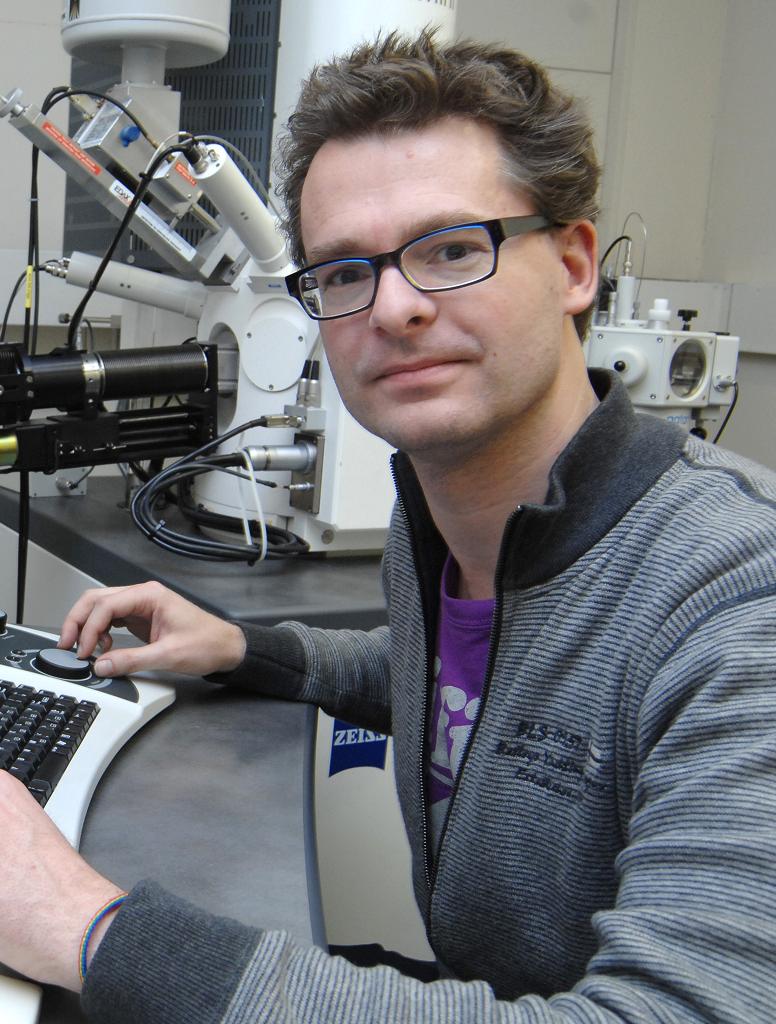What was your inspiration in becoming a chemical engineer?
Since I was a teenager I have been fascinated by technology. In the mid 1980s my initial plan was to study computer science. After visiting some universities, however, I came to conclusion this topic was a bit too dry for me. Chemical Engineering struck me as the ideal study path, as it allowed me not only to learn about Chemistry and the art of making molecules but to combine it with aspects of physics and engineering in order to turn these molecules into functional materials, hopefully of use to advance society. The most exciting part is to have an open mind about science, in a way of modifying the principle of “thinking outside the box”, into “there is no box”. This approach we have in my Lab.
What was the motivation behind the research in your recent Polymer Chemistry paper?
The motivation was to take microfluidics as a method to fabricate polymer microcapsules through generation of double-emulsion droplets back to one of its simplest forms. In other words, to demonstrate the power of controlled droplet generation, using a very simple do-it-yourself device. The paper was a bit of fun with glass capillaries, plastic tubing and superglue, and actually has already been taken up into our undergraduate teaching program to introduce young scientists its versatility as a fabrication tool in chemistry.
Why did you choose Polymer Chemistry to publish your work?
It is an exciting and relatively new journal that contains great and innovative research related to all aspects of polymer chemistry. It already has become a top journal in the polymer scientific community, which means as a researcher you really cannot resist sending in manuscripts, which contain original and exciting work.
In which upcoming conferences may our readers meet you?
I will be going to the Polymers in Dispersed Media (PDM2012) conference to be held in Lyon (France) this April, the High Polymer Research Group (HPRG) end April/May, the 2012 meeting of the International Association of Colloid and Interface Scientists (IACIS) in Sendai (Japan), and of course the Warwick2012 international conference on polymer chemistry hosted by the MacrogroupUK and the UKPCF in July.
How do you spend your spare time?
I enjoy swimming, play the acoustic guitar and try to sing along to it, enjoy cooking, and really like to travel to new exciting places all over the world and experience local cultures.
Which profession would you choose if you were not a scientist?
I probably would end up being some management guru trying to achieve a little bit less of the grey office attitude.











